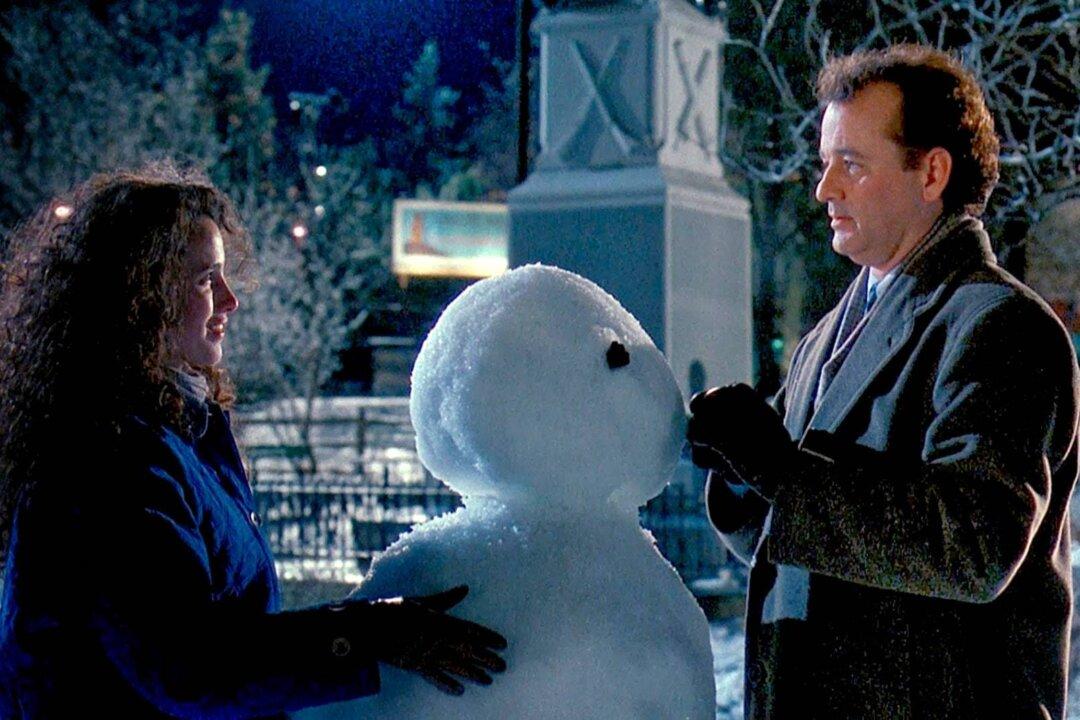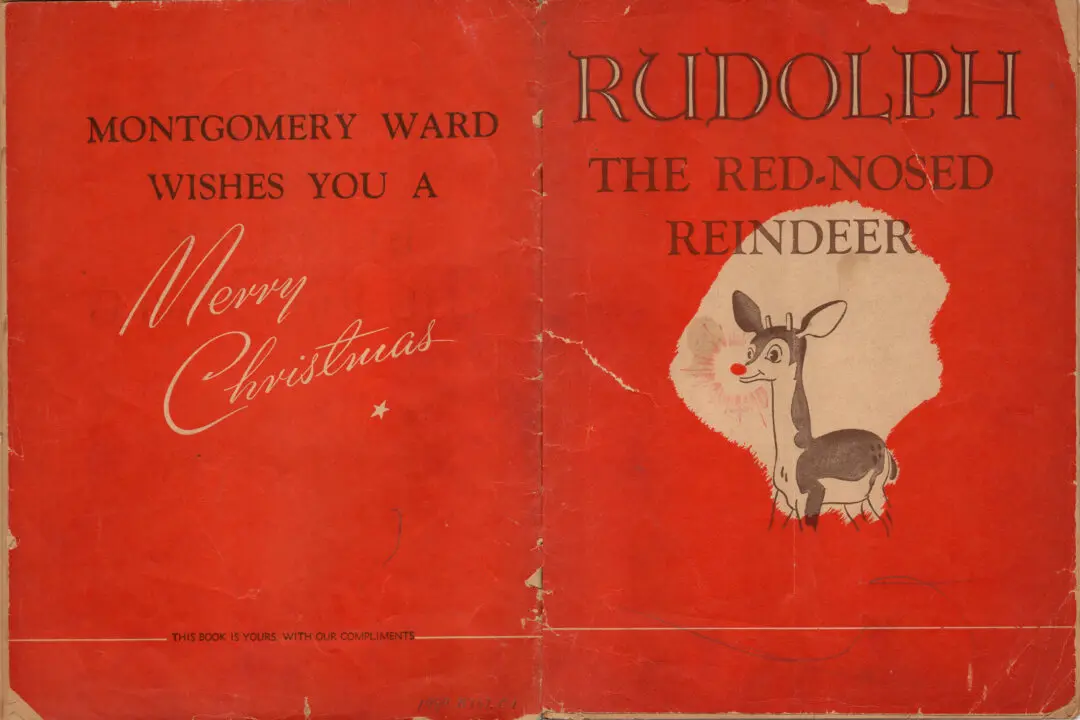Every year, on Feb. 2, world-famous groundhog and weather prognosticator Punxsutawney Phil of Pennsylvania—see if you can say those last five words 10 times really fast—tells us what the rest of winter will look like. With a great show of ceremony, the chubby little guy is brought out before a large, boisterous crowd. If he sees his shadow, we’ve got six more weeks of cold temps, icicles, and snow. No shadow, and an early spring is coming down the pike.
Twelve days later, February brings us Valentine’s Day. Perhaps rooted in the ancient Roman holiday of Lupercalia, which celebrated the advent of spring and included fertility rites, this festival was appropriated by Christians when fifth-century Pope Gelasius I banished Lupercalia and replaced it with Saint Valentine’s Day. It’s unclear which Saint Valens can claim the honor of that name, but in the late Middle Ages, poets such as Geoffrey Chaucer attached romantic love to this feast day, and by the 16th century, lovers and spouses were exchanging written messages proclaiming their affections. A couple of centuries later, printed cards became available.






